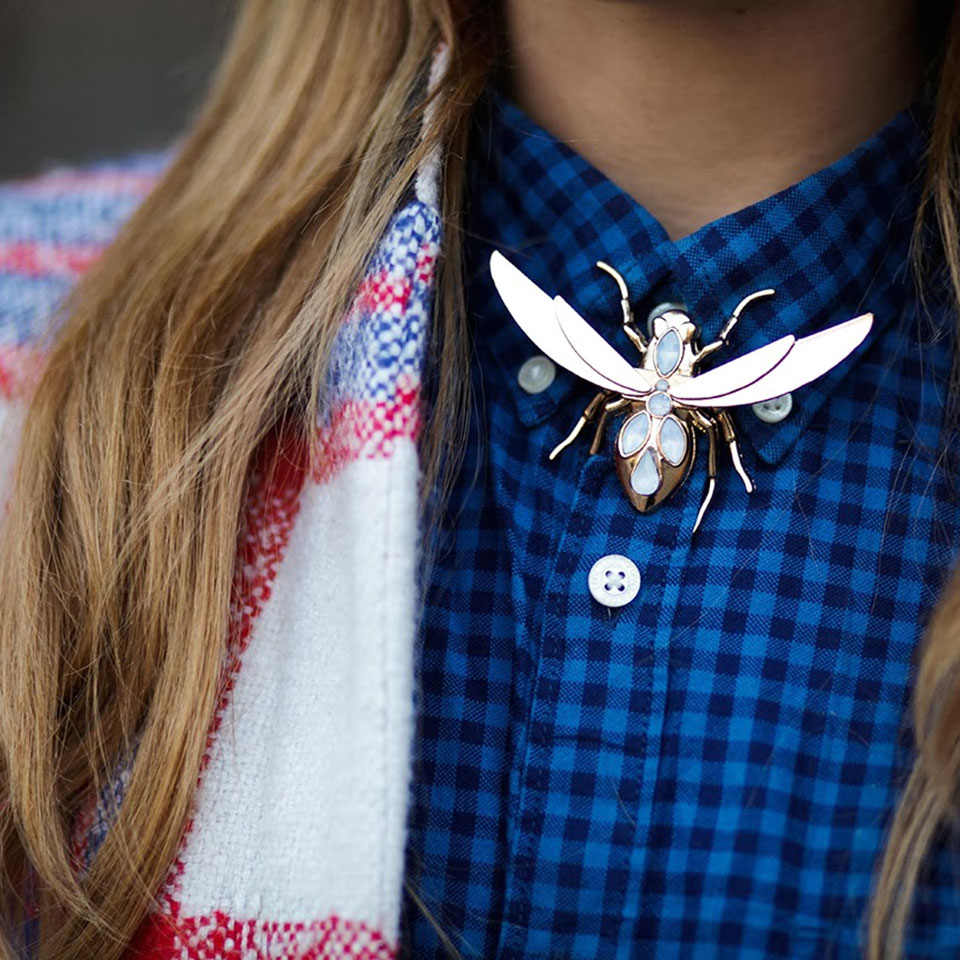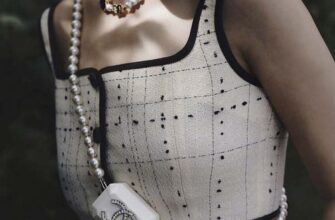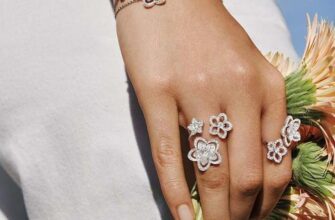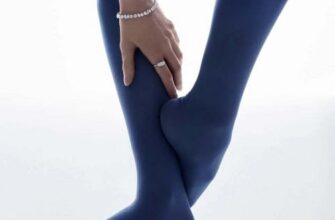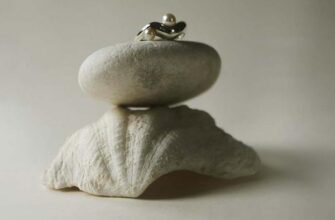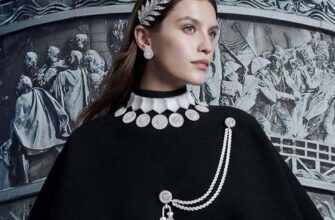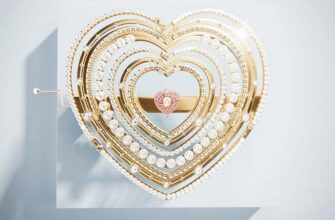What is a brooch? This is a product that in ancient times served as fittings for fastening clothes, but today it is a fashionable decoration. However, in the technocratic world, modern girls do not pay much attention to beautiful brooches, and in vain: this type of product is gaining more and more popularity today. This trend can be perfectly tracked on television, when it is no longer possible to meet a single fashionable lady without a huge shiny brooch on a dress or coat.
Today we will try to interest you in this particular type of jewelry, we will tell you where these exquisite luxury items came from, how to properly store brooches and how to care for them.
The history of the brooch
The history of the appearance of brooches dates back to somewhere very long ago, at that moment, when a person was already tired of running in loincloths, he began to travel and put on capes or warmer clothes that needed to be somehow fastened together. These items were distinguished by their simplest form and uncomplicated design. They were usually made from a piece of bone or a stick with a clay or stone tip. They say that even thorns and thorns of plants were used.
Brooches have been used as jewelry since about the XNUMXth century.
The Bronze Age marked by the development of science. People started using metal. First, pins with hats appeared, which served as brooches, and then - the progenitors of modern brooches with locks. Fasteners of special design were common in Scandinavia, Hungary, Northern Germany, and later throughout Eurasia.

By the X century AD, the so-called "Brooches"... They were a metal crescent with a needle attached through the eyelet. The main purpose of the brooch was to bind robes, fur coats and capes.
The massive pin of the brooch quickly spoiled clothes, so the craftsmen tried to make more and more sophisticated and thin needles. Naturally, various more "gentle" variations of the accessory soon appeared. So, the Hungarian brooch was made of elastic wire and very much resembled a modern pin in shape.
The brooches were gradually decorated with stones. Immediately, these were ordinary beads made from pieces of minerals that fell underfoot, then they began to switch to classic gemstones, known today. Such accessories demonstrated the social and material position of the wearer. In addition, in the Middle Ages, it was believed that brooches protect against the evil eye.
A little later, there were born agraphs... These products looked more like small hairpins. In addition to fastening clothes, they served simply for beauty. The design of the agraphs usually looked like a plate, a wreath, a rosette with a hook and loop. Unlike the antique brooches, the medieval agraph was not a hairpin, but a clasp or buckle. In Ancient Russia it was a zapon with precious stones, filigree, enamel details. In the future, such fasteners began to be used as adornments for hats and other parts of the costume. They were replaced by pendants.

XVII century brings a secret, one might even say, symbolic meaning to the brooch's destiny. In those days, it became fashionable in France to use jewelry on a pin as the secret language of palace intrigue. Any aristocrat or maid of honor had several brooches of different colors and filling. Depending on what kind of jewelry was worn, this or that message was transmitted to a specific person.
In the same century was born modern brooches... The French writer Madame de Sevigne is considered to be their inventor. Considering a huge number of pendants and ever-falling ribbons on the dress as a completely unnecessary decor, Madame created the first brooch in the form of a bow with a small pendant. After that, brooches in the form of bows began to be called “sevigne”.
The breakthrough in fashion was appreciated by the courtiers. And not only ladies, but also men. The accessory began to be pinned onto dresses or suits.
Madame de Sevigne's brooch made a real fashion break. Every French lady simply had to have at least a pair of brooches in her collection.
Previously, only aristocrats could afford a brooch. But today the accessory is affordable for almost every lady... Brooches vary in appearance. Modern openwork products are made from metal, plastic, fabric or bone by sawing, soldering or stamping a specific pattern.
There are still enamel and mosaic brooches... The former are usually silver, gold, brass, or bronze. Usually, a certain pattern is laid out on the metal part with colored enamel. The latter are made of special colored glass or smalt.
Famous Brands could not remain indifferent to this type of jewelry. Especially many different brooches contain collections of fashion houses, given the great love of the great Coco Chanel for this accessory.
How to store and care for brooches
There are a few simple rules that you must adhere to so that you don't have to run to the jeweler. Remember, that:
- If you want to keep your brooch, then in no case should you drop it, especially on the tiled floor. The fact is that whether it be jewelry or a precious piece of jewelry, all stones of high-quality brooches must be fastened with special paws. If some part breaks, then the stone will quickly fly out of its nest, and you will no longer find it. And glass brooches must not be dropped, because stones are often broken, and they cannot be glued together. Here you need to either change the shard, or completely change the decoration.
- If you buy a brooch in a store, it is imperative to make sure from what materials this jewelry was made. Why is this needed? For example, if real pearls are inserted into a brooch, then in no case should they be washed with any chemicals. Pearl is a natural material, it is part of the bone of a shellfish. So what kind of mollusk will like it if you pour soap or dishwashing liquid into it. In other words, you need to choose the right methods for cleaning different materials, otherwise you can make trouble.
- If you have a brooch made of jewelry, for example, beads, then in no case should you rub them or bathe them for a long time. It is best to simply rinse such a decoration with warm water and quickly dry it under a cold hair dryer. The mother-of-pearl coating of any plastic beads wears off quickly, so these jewelry should be treated as carefully as possible.
- Gold plated brooches can only be worn on occasion. As a rule, spraying is quickly wiped off from constant use. You need to clean the gilding very carefully. It is generally recommended to bathe jewelry in warm soapy water and then dry it quickly so as not to cause oxidation of the steel elements of the brooch.
- If your brooch is oxidized, you can wipe it with a cotton pad dipped in alcohol. This super agent dissolves a large amount of various fats and impurities without causing oxidation of metals. The best way to buy alcohol is from a pharmacy. The solution should be at least 96,5%, otherwise water can stagnate in the curly curls of your jewelry and cause the metal to re-oxidize.
- It is also advisable to clean beaded brooches with soft materials and soapy water. Do not use any hard brushes or brushes. They can scratch the dusting of the beads, and the beads change their shine and color.
Now a few words about storage:
- You need to store brooches in a separate box. It is best to choose a wooden box for jewelry, the inner walls of which are upholstered or pasted over with a soft cloth.
- Brooches must not be wrapped or kept in sealed bags. Moisture can get there, and then the product will definitely oxidize. If you still want to store it in a bag, and nothing else, then put hydrogel balls in it - they can be found in a box with new shoes. This substance will collect all the moisture from the bag, and you can safely leave your jewelry in it.
- When transporting, each brooch should be carefully wrapped in a towel. So the product will not rattle on the box and will not crumble into small fragments.
- Do not store jewelry in a partially oxidized or rusty box. The dirt will gradually get to your jewelry, and then it will have to be rescued. It is better to throw out such a box altogether.
- Do not store brooches in cans: they age quickly and become rusty, especially in unventilated areas. If there is no suitable box, then it is better to arrange a place in a glass jar.
- Silver and pearl brooches should be worn frequently. Pearls generally love to be walked. And silver from "idleness" can also oxidize.
Never store jewelry in foam rubber. This material degrades over time and becomes sticky. And it is very difficult to wash the product from pieces of sticky foam rubber.
How to wear a brooch correctly
Brooch today can be combined with almost any clothing... Traditionally, it is attached to the side, just above the chest, it can be attached to a shirt, jacket or classic dress. If your dress has a collar, then the brooch can be pinned right in the middle. It looks very gentle on both chiffon and denser shawls and scarves. A small and not too openwork brooch can be used to decorate a knitted winter hat, summer cap and even a hat.
The most expensive brooch in the world is called "Small Stars of Africa"where a 94-carat pear-shaped diamond is attached to a 63-carat square relative. The brooch belongs to the collection of Queen Elizabeth II. The lady put on her luxury only a few times.

A beautiful gold or silver brooch is a great gift for a tasteful lady.
Many people often ask the question, is it possible wear a brooch from grandma? Here the answer is banal. If a relative handed you a beautiful thing with love and joy as an inheritance, then why can't you wear it? This little thing can become you a real amulet that will bring joy, success, mutual love, help you go through all the difficulties and hardships of life. But if the grandmother kept her brooch, hiding it from everyone, never gave it to anyone or even showed it, then it is better to get rid of this thing as soon as possible.
Many people ask, is a brooch an accessory or decoration? You've probably already decided on this answer if you read our article. In ancient and even medieval times, a brooch played the role of an accessory that attached one part of the robe to another. In the modern world, a product is more of a decoration that creates a special chic and accent in a fashionable image.
